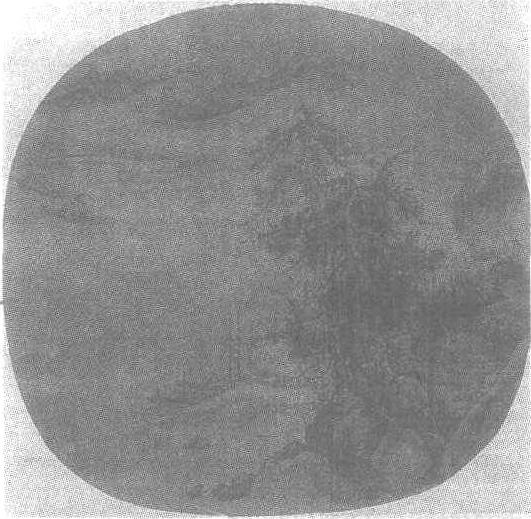宋人春江帆饱图页
南宋。无款。绢本墨笔。纵25.8厘米,横27厘米。北京故宫博物院藏。图中青山远倚,春水浩荡。江岸边数丛灌木遮蔽着几间草舍。两株古松高高地挺立于大石之间,老干劲直,虬枝盘曲,姿形苍秀潇洒。两条帆船泊在坡前,夕阳残照江波,远方两只小艇高帆涨满,顺风而下,点醒了画图的主题。图中远山用淡墨勾染,小树以浓墨点染。长松、小舟用笔细腻,结构严谨,画风学郭熙一派而又另有新意,是南宋初期一幅出色的山水小品。

| 词条 | 宋人春江帆饱图页 |
| 类别 | 中文百科知识 |
| 释义 | 宋人春江帆饱图页南宋。无款。绢本墨笔。纵25.8厘米,横27厘米。北京故宫博物院藏。图中青山远倚,春水浩荡。江岸边数丛灌木遮蔽着几间草舍。两株古松高高地挺立于大石之间,老干劲直,虬枝盘曲,姿形苍秀潇洒。两条帆船泊在坡前,夕阳残照江波,远方两只小艇高帆涨满,顺风而下,点醒了画图的主题。图中远山用淡墨勾染,小树以浓墨点染。长松、小舟用笔细腻,结构严谨,画风学郭熙一派而又另有新意,是南宋初期一幅出色的山水小品。
|
| 随便看 |
开放百科全书收录579518条英语、德语、日语等多语种百科知识,基本涵盖了大多数领域的百科知识,是一部内容自由、开放的电子版国际百科全书。